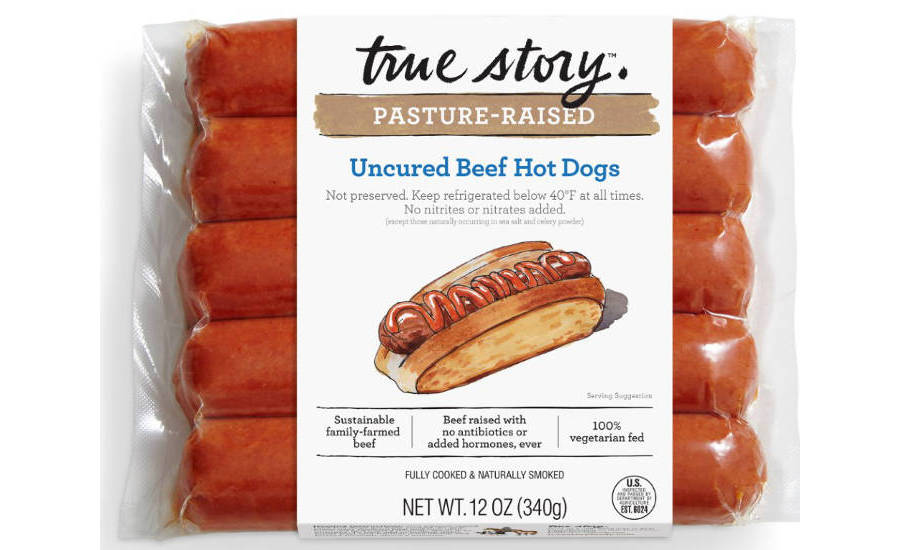Uncover the Truth: Uncured Hot Dogs Demystified!
– There are two categories of hot dogs: cured and uncured.
– Uncured hot dogs are still cured but without artificial nitrates and nitrites as preservatives.
– Artificial nitrates and nitrites used in cured hot dogs can cause cancer when metabolized.
– Uncured hot dogs have a shorter shelf life.
– Uncured hot dogs are considered safe to eat and are fully cooked when processed.
– It is recommended to reheat uncured hot dogs before consuming.
– Uncured hot dogs are not raw or uncooked, they are packaged cooked.
– The FDA recommends reheating hot dogs until they are steaming hot, with an internal temperature of 165°F.
– Pregnant individuals or those with compromised immune systems should always reheat hot dogs or any other cooked meat.
– Eating uncooked, uncured hot dogs is not safe as they are at risk for Listeria monocytogenes contamination.
– Reheating hot dogs makes them more palatable and can prevent food poisoning.
– Uncured hot dogs are technically healthier than cured hot dogs due to the lack of carcinogens.
– However, they still contain high levels of sodium and fat.
– Consuming processed meat, including hot dogs, can increase the risk of colorectal cancer.

